How do we remember the detail of our lives? What is memory? How do we know how to do stuff? How do we make memories? What happens to remembering after brain injury? Why can I remember some things and not others?
So many questions and it all comes back to Memory.
Difficulty with memory is one of the most common outcomes after brain injury. After brain injury the memory process can be interrupted in one or more places causing different kinds, and different levels, of memory loss.
Understanding a bit about the mechanics of memory can help to understand the sometimes quirky forms of memory loss after brain injury. Understanding can help you not to personalise or lose patience.
As I finally began to write more about What is Memory. One article turned into a suite! Today is the first of the series – Memory 101.
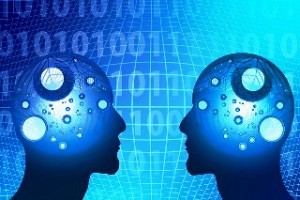 Why Memory 101 you may ask?
Why Memory 101 you may ask?
I have noticed important sounding topics are often called “Something 101”.
Memory is important so here is 101 – a look at what memory is, and briefly how it works.
Next week I am adding
Memory 102 – about types of memory including Short Term and Long Term memory.
Next will be Memory 103– about the brain and memory.
After that will come Memory 104 – what can happen to memory after brain injury
And finally Memory 105 – Tips and strategies to choose from.
I know. I know. It all sounds a bit dry and boring – I will try and make it a little more entertaining.
Oh and please add any resources or information that might be helpful in the Comments below. Entertainment or serious is much appreciated.
What is Memory?
Here are a few quick definitions to help explain Memory.
The first is my own romantic, magical definition:
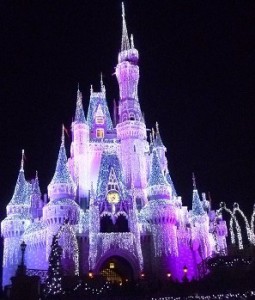 Memory is a large, many drawered, magic cupboard spread all around the tower (brain) in the castle (body). Many, many, many, messages fly into the tower – every minute of every day. The tower sorts each message:
Memory is a large, many drawered, magic cupboard spread all around the tower (brain) in the castle (body). Many, many, many, messages fly into the tower – every minute of every day. The tower sorts each message:
To Keep or Not To Keep – that is the question!
Each message is sent on a fast magic carpet ride into its rightful bejewelled drawer of the big rambling cupboard. The message lives quietly there until the castle says “Hey we need you”.
At the call the right drawer pops open, the right message is hurtled out. The right pieces of experience, or information whiz along a star lit highway to the right spot in the castle.
What do you think of that? Fancy a more ‘proper’ no fun, definition –
“Memory is the process of maintaining information over time.” (Matlin, 2005)
“Memory is the means by which we draw on our past experiences in order to use this information in the present’ (Sternberg, 1999). Simply Psychology
“Memory function reflects: Experience the past. Adaptation to the present and planning for the future” Rewriting the Script: Demonstrating Skills and Talents. (Workbook documentary video and teaching program). Adelaide: ISLD Flinders University. (1999).
Please share your model of memory – one that can keep us awake and interested!
How Does Memory Work?
What is Memory? The Three Main Stages of Memory
Simply –
1) We take in and form (or forget) memories.
2. We store memories. For a short term or a long term.
3. We recall memories.
Want a bit more about each stage – read on:
1. Forming Memories (Acquisition and Encoding)
This stage sorts out what needs to be stored and what needs to be forgotten. A major role for the brain.
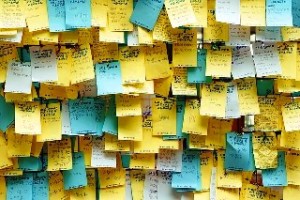 It is a screening process by the brain:
It is a screening process by the brain:
Checking the squillions of bits of information coming in at super fast speed.
Making snappy brain decisions about what to keep, for how long, and what to forget.
Preparing information selected as a keeper for storing. A bit like computer coding it needs a consistent code so that it can be understood by all parts of the brain, and repeated when needed.
Memory and ‘Use It of Lose It’
Filing new experiences, information and sensations means neurons form new pathways.
If these new experiences are not reinforced (repeated or reused) the pathways are not formed. That experience or information is forgotten.
If old pathways become unused they disappear – to possibly reappear if that information is repeated in the future.
Simply this means -use it and the memory is more likely to remain. Don’t use it and it will more likely be forgotten.
To form memories you need to:
Be able to concentrate. Your brain needs to focus on the information.
Pay it attention. If not the information may well go “in one ear and out the other.”
Filter out distractions. Not to be distracted by information that is not needed.
2. Storing Memories (Storage)
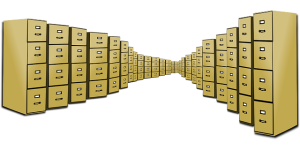 This stage decides what to store and where. You might think of this as a huge messy filing cabinet of life.
This stage decides what to store and where. You might think of this as a huge messy filing cabinet of life.
Information needs to be filed in a safe place (in the brain) to be found quickly and correctly when needed.
A task that might sound simple but remember we are talking about millions of bits of information and experience being stored amongst billions of brain cells.
If the brain has concentrated well enough to ‘encode’ information – it is give a little reward. The storage process has a bonus helper: the Hippocampus, (a little seahorse shaped bit in the Limbic system,). The Hippocampus it thought to send out a signal to store the information in its proper place as a long-term memory. More on brain function in Memory 103.
Memory Use-By Dates
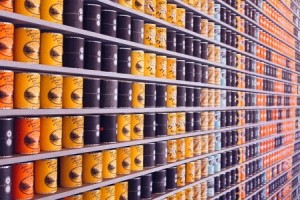
Like our pantry – memories have a kind of use-by date. Information is stored for differing lengths of time.
Instead of dates there are timelines:
Sensory,
Short term,
and Long term memory.
(More on each of these next week in Memory 102).
3. Recalling memories (Retrieval )
Being able to remember: To bring memories to mind. To recognise something. To know how to do a task. To find your way around your neighbourhood.
Bringing the information back to concious mind as soon as it is needed – or in my case a little slowly sometimes, but it gets there eventually!
When you need to recall information, your brain has to retrace its steps. It activates the same pattern of nerve cells it used to store that bit of information. The more frequently you need the information, the easier it is to retrieve it along the nerve pathways.

The brain retrieves information by:
Recall – reproducing the information from memory – happens without any clues or hints
Recognition – recognising this has been seen or done before – happens once clues are given.
It is thought we may also retrieve information more easily with cues – a similar situation, a similar emotion or mood, that was present when we formed the memory.
Simply Psychology also gives a nice simple summary of the 3 stages of memory
And Finally
Next week – Memory 102 – more about different kinds of memory storage. Our short and long term memory.
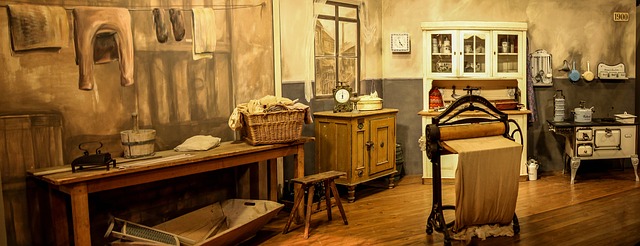
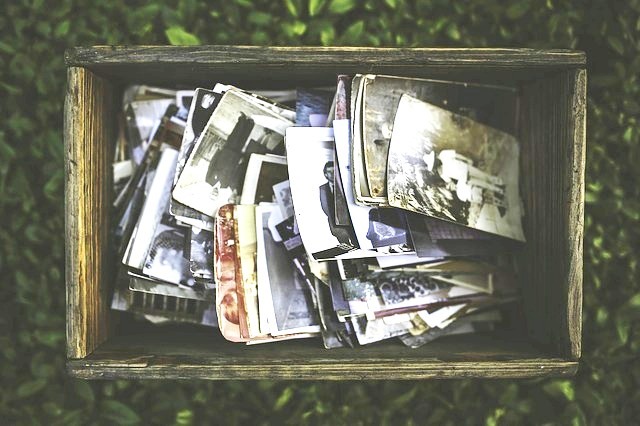
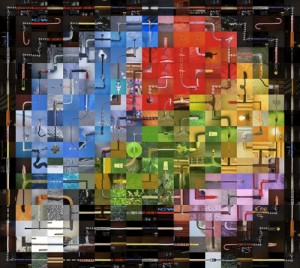
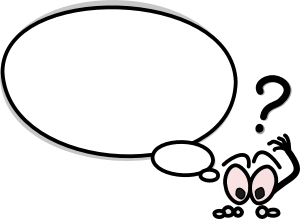
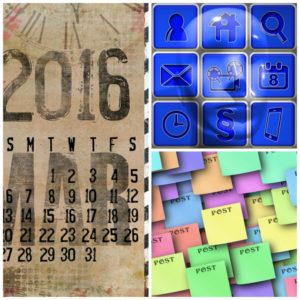
Pingback: Memory 103 - Memory and the Brain - Changed Lives New Journeys
Pingback: Memory 104 - Changes to Memory After Brain Injury - Changed Lives New Journeys